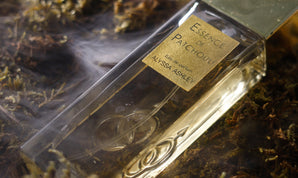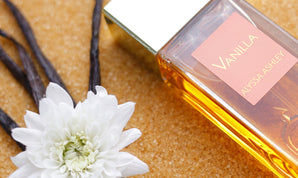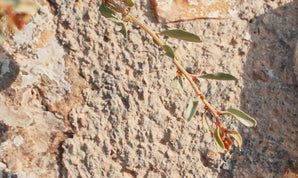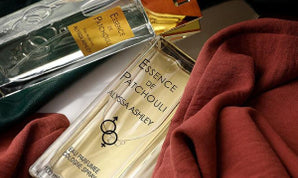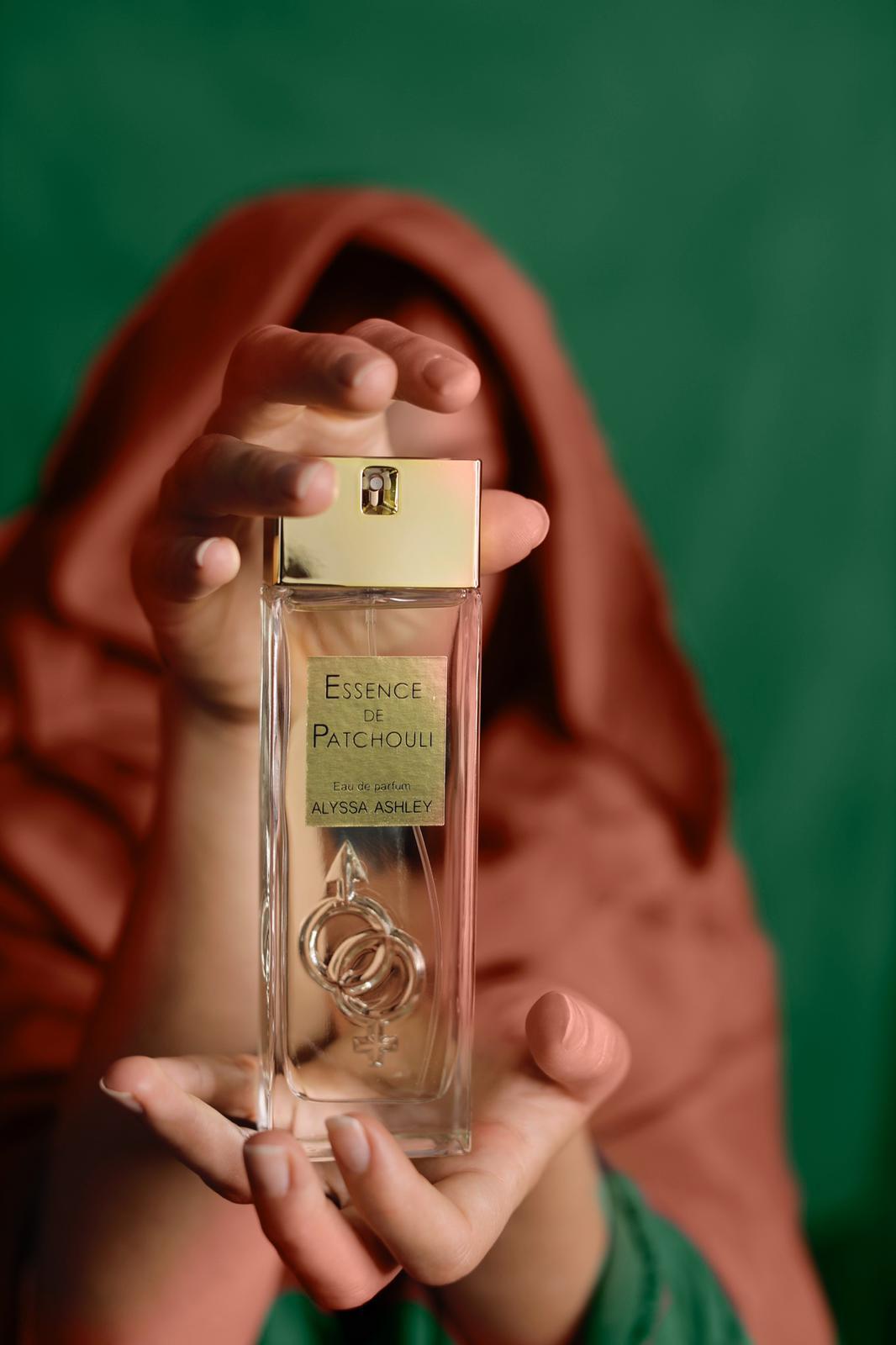We have already spoken about my love for artistic expressions and their extraordinary ability to interconnect, which led me to try to look at art and its storytelling skills with a more careful and curious eye. So I started with images and their relationship with an art meant for another sensory sphere, the sense of smell.
In the article on Irving Penn and the iconic Musk perfume I perceived this sense of contact and dialogue, in which the multisensory communicative power for which the perception of a concept, a story, a symbol, an emotion can be exceptional if filtered through one of our senses, but it will certainly be even more intense if supported by others.
The idea of a pan-sensorial art (nothing completely new, let's be clear) is always tied to my roots, perfumery. This world is not only made up of liquids and odorous particles,but quite the opposite, with fascinating memories, colors, tales and historical traditions that have always taken part to our lives.
The long journey of Patchouli leaves
Patchouli as a symbol of rebellion
This time I tried to reproduce tactile, visual and olfactory sensations conveying them through an image that recalls the oriental atmospheres and its scents.
The long journey of Patchouli leaves
Patchouli perfume, like other raw materials in the history of perfumery, linked its birth to a very specific purpose, and only later became the people's perfume.
Its odorous characteristic, particularly intense and difficult to miss, was believed to be able to keep moths and insects away from the precious fabrics transported from the East and Middle East to Europe. This is why the patchouli leaves were inserted between different layers of fabrics and remained there, to protect them for the whole journey through land and seas that would have led them to the old continent.
The history of the world is the story of all things, so that of perfume embraces that of cloth even before fashion houses dedicated themselves started launching perfumes under their brand. It was as if all this was already written, therefore, that these two worlds would later meet and join.
Once in Europe, fabrics were the symbol of wealthier classes who could afford the purchase of these trendy items which represented real luxury. The distance from the place where these products were made, the long work and the long journey gave the products a great economic value.
For a long time the scent of patchouli was therefore not associated with the plant and its leaves but with the important eastern fabrics. The rich European noblewomen were immediately enchanted by this intense and persistent perfume that remained as if glued to the fabrics and transmitted to the skin. The desire was to be able to wear it at all times, beyond fabrics and clothing. Therefore, this time fabric helps the diffusion of the perfume, with its materiality and lightness capable, at each movement, of spreading that fragrance in the air. Once again our imaginative power has prompted us to investigate and discover the origin of this perfume. Within a century not only has Patchouli become one of the most popular and natural raw materials in the field of perfumery, but for a decade it represented an entire generation, a crucial historical period.
Patchouli as a symbol of rebellion
1960s, the Summer of love, woodstock, the symbol of this fragrance which at the time was consumed in an oily and pure version. Patchouli perfume was loved by young people who took part to the hippy current but not very appreciated by older generations because they saw it as a symbol of revol, protest and excess, however, they could not deny the sensual and bewitching aspect of its notes. This is one of the reasons that led me to elaborate this raw material in my Essence de Patchouli, because just like for Musk the perfume has become a representative symbol of an important part of our history and therefore a shared and unique element.
So I started thinking about how to represent this symbol, about what images would have recalled its woody and green notes to my mind and to that of patchouli lovers? Which one would tell its ancient and so multifaceted history?
I think I have found my personal answer… ...
The shot by Steve McCurry
The "Afghan girl" is the name of Steve McCurry's most famous photo (made known by National Geographic magazine which chose her for her cover back in 1972). Those penetrating eyes, both chatty and shy, have been telling a story of strength and determination for 50 years. But what has always struck me about this shot is the essentiality of the context and the perfect study of color contrasts. Photographer Steve McCurry has managed to restore the girl's naturalness and identity because he has always been fascinated by this. However, an interesting detail emerges from the artist's tales, one of those that manages to capture art in everyday life: the shawl. McCurry says that when entering the school tent he immediately noticed the girl (perhaps because of the extraordinary chromatic connection that her leaf green eyes offered with the color of the background? Or maybe because of the contrast from her shawl?) And wanted to photograph her with the others and then individually, to try not to intimidate her.

The schoolgirl instinctively hid her face behind the red shawl, then only her mouth, and after a few shots, she got more comfortable with the "stranger" and the camera, which she had never seen before, leaving the whole face to be discovered as we all know it. Therefore the shawl, an emblem of a millennial cultural and artisan tradition, becomes a defense amulet, an object of protection, a beneficial weapon. I thought of this photo because every time I see it it conveys the idea of resistance, of naturalness, of survival instinct. So Patchouli takes up its primary purpose, that of taking care of these fabrics which in this case are pierced (the girl, traced in 2002, confessed to McCurry that while cooking a small flame had ruined her shawl) as they are used as objects of daily life. This is how I imagined my perfume, initially requested by the noblewomen and later loved by everyone, regardless of social class and age. I rethought it a the eyes of the young girl in sign of tribute, her gaze-symbol, with a thousand different meanings, all recognizable to the eye of a careful observer. I imagined Sharbat Gula (this is her name) sitting in front of the sewing machine that McCurry himself gave her in 2002, to create clothes for her family with those traditional Middle Eastern fabrics, perhaps still preserved with the ancient secret of the patchouli leaves and with that same scent that spreads around the room. If not, I like to imagine it this way.

From the fabrics of a distant world, to the most popular fashions of the bourgeois European salons or the fiery concerts of love and rebellion of the 60s, Patchouli still has much to say today, for those who want to smell it, see it, hear it and feel it.

